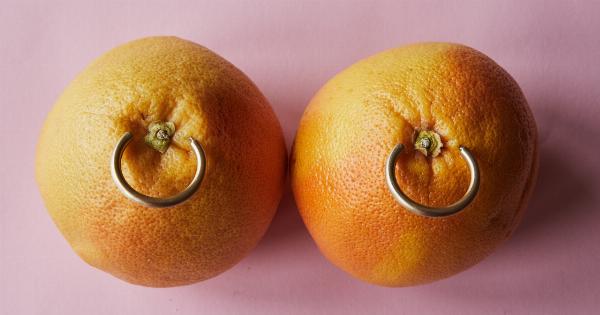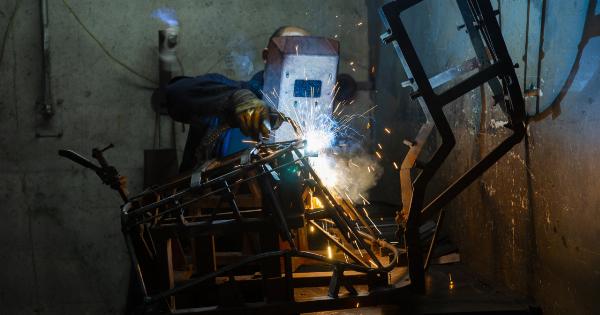Eyebrow piercings have become a popular trend among the youth, and while it may seem like a harmless cosmetic choice, there are some serious risks and dangers associated with this procedure.
In this article, we will be discussing the truth about eyebrow piercings and what you need to know before getting one.
What is an Eyebrow Piercing?
An eyebrow piercing is a type of body piercing that is done through the skin on the eyebrow, typically above the eye. The piercing is usually done with a small barbell-shaped piece of jewelry, which is inserted through the hole created in the skin.
What are the Risks Associated with Eyebrow Piercings?
While eyebrow piercings may be a trendy cosmetic choice, there are several risks and dangers associated with this type of piercing. Some of these risks include:.
Infection
One of the most common risks associated with any type of body piercing is the risk of infection. If the equipment used during the piercing process is not properly sterilized, it can introduce harmful bacteria or viruses into the skin.
In addition, the piercing site can become infected if it is not properly cared for after the procedure.
Allergic Reactions
Another risk associated with eyebrow piercings is the risk of allergic reactions. Many people are allergic to the metals used in certain types of jewelry, such as nickel.
These allergic reactions can cause redness, swelling, and even difficulty breathing.
Migration
In some cases, the body may reject the jewelry used in an eyebrow piercing, causing it to move or migrate out of the skin. This can lead to scarring, as well as the need for additional medical procedures to remove the jewelry.
Nerve Damage
During the piercing process, there is a risk of nerve damage if the needle or jewelry comes into contact with a nerve in the face. This can lead to numbness, pain, and even loss of mobility in the affected area.
Scarring
Even if an eyebrow piercing does not become infected or migrate, there is still a risk of scarring at the piercing site. This can be especially concerning if the piercing is done in a visible area, such as above the eye.
How to Reduce the Risks of Eyebrow Piercings
While there are certainly risks associated with eyebrow piercings, there are also steps you can take to help reduce these risks. Some things to keep in mind include:.
Choose a Reputable Piercer
The most important thing you can do to reduce your risk of complications is to choose a reputable piercer. Look for a piercer who has experience with eyebrow piercings and who uses sterile equipment during the procedure.
Consider reading online reviews or asking for recommendations from friends to find a piercer you can trust.
Care for the Piercing Site
After the piercing is done, it’s important to care for the piercing site properly. This can involve cleaning the area regularly, using saline solution, and avoiding touching the piercing with dirty hands.
Your piercer should provide you with detailed instructions on how to care for your piercing after the procedure.
Choose the Right Jewelry
If you have a sensitivity or allergy to certain metals, be sure to choose jewelry that won’t cause a reaction. Talk to your piercer about your options and consider opting for jewelry made from hypoallergenic materials.
Follow Up with Your Piercer
After your piercing has healed, it’s also important to follow up with your piercer regularly. They can check the piercing site and make sure everything is healing properly.
If you experience any redness, swelling, or other complications, be sure to contact your piercer right away for advice.
Conclusion
While eyebrow piercings may be a popular choice for those looking to express their individuality, it’s important to understand the potential risks and complications associated with this procedure.
By choosing a reputable piercer, caring for the piercing site properly, and choosing the right jewelry, you can help reduce your risk of complications and enjoy your new piercing safely.






























